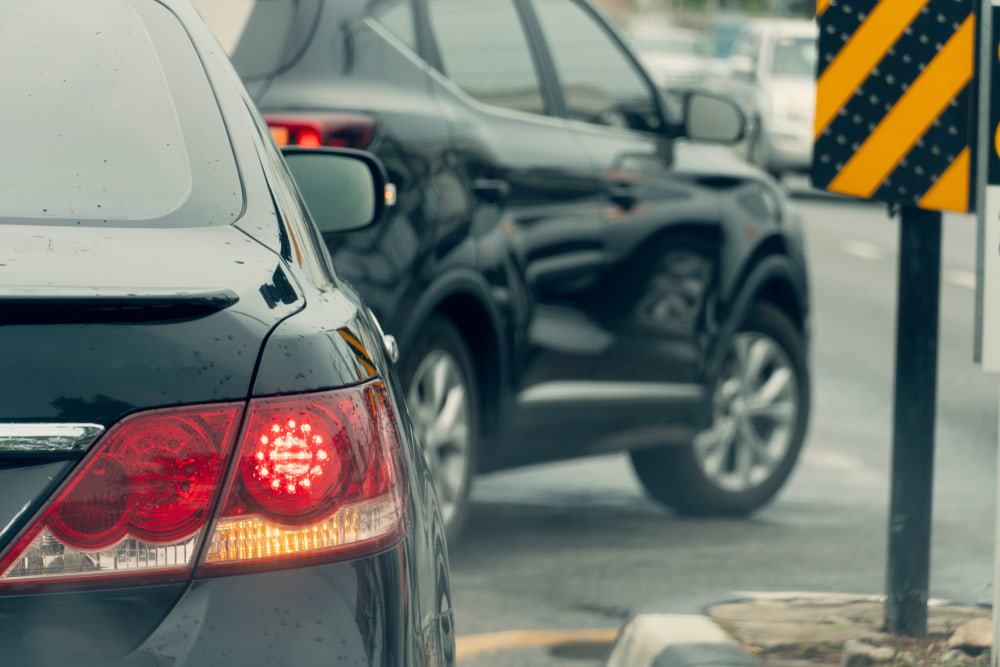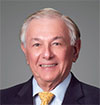Who is Liable in a U-Turn Accident?
By Harold Dwin on December 11, 2023 | In Auto Accidents

U-turns are a part of everyday driving, but they can quickly become dangerous if not handled properly. If you’ve been injured in a U-turn accident someone else caused in Maryland, you could be entitled to compensation for your accident-related injuries and losses.
U-turn accidents are common, and understanding the specifics of determining fault in such crashes is essential. Let’s look at the complexities of U-turns, why they pose significant risks, and the relevant Maryland laws that govern them. If you are in a U-turn accident, knowing who is at fault and how a legal advocate can assist you is important.
What Makes U-Turns So Dangerous?
U-turns carry a high level of risk due to various factors:
- Limited visibility – The primary hazard associated with U-turns is limited visibility. When drivers attempt U-turns, their line of sight may be restricted, making it challenging to spot oncoming vehicles, cyclists, or pedestrians.
- Sudden and unpredictable maneuvers – U-turns often involve abrupt and unexpected maneuvers, which can catch other drivers by surprise – especially if the driver fails to signal or attempts the turn from the right lane on a multi-lane road. This unpredictability increases the likelihood of collisions.
- Complex traffic scenarios – U-turns typically occur at intersections or locations with confusing traffic patterns. Negotiating a U-turn in such an environment can be challenging, leading to accidents.
- Failure to yield right of way – Many U-turn accidents happen because a driver fails to yield the right of way to oncoming traffic or pedestrians, resulting in serious consequences.
Common Causes and Types of U-Turn Accidents
Understanding the common causes and types of U-turn accidents helps in determining fault:
- Failure to use turn signals – Failing to use turn signals when making a U-turn can confuse or surprise other drivers and increase the risk of accidents. Using proper signaling is crucial to inform nearby motorists of your intentions.
- Inaccurate judgment of distance and speed – Drivers attempting U-turns may misjudge the speed and distance of oncoming vehicles, leading to collisions.
- Obstructed view – Objects like parked cars, trees, or buildings can obstruct a driver’s view during a U-turn, making it challenging to assess oncoming traffic accurately.
- Illegal U-turns – Attempting a U-turn in locations where laws prohibit it can not only result in accidents but also automatically places the driver at fault.
Maryland Regulations Regarding U-Turns
Maryland laws about U-turns provide that:
- You can make a legal U-turn across a double yellow line if it is safe to do so.
- You can make a U-turn in a residential area if no traffic is within 200 feet.
- Making a U-turn at an intersection is legal if there is a green light and no signage against it.
- A U-turn is legal on a divided highway with an opening to do so.
- It is not legal to make a U-turn near a railroad track, in front of a fire station, or on a one-way street.
Contact Our Attorneys About Your U-Turn Accident Case
If you’ve been involved in a U-turn accident in Maryland and are uncertain about who’s at fault, the experienced attorneys at Cohen & Dwin, P.A., are here to assist you. We focus on handling U-turn accident cases and can provide guidance on the legal responsibility of all parties involved.
Contact our office today for a free case review with an experienced Maryland U-turn accident attorney.

Attorney Harold P. Dwin, co-founder of Baltimore premier law firm Cohen & Dwin, P.A., is proud to be able to help clients in need by simplifying complex legal matters and solving legal problems that cause immeasurable stress.
